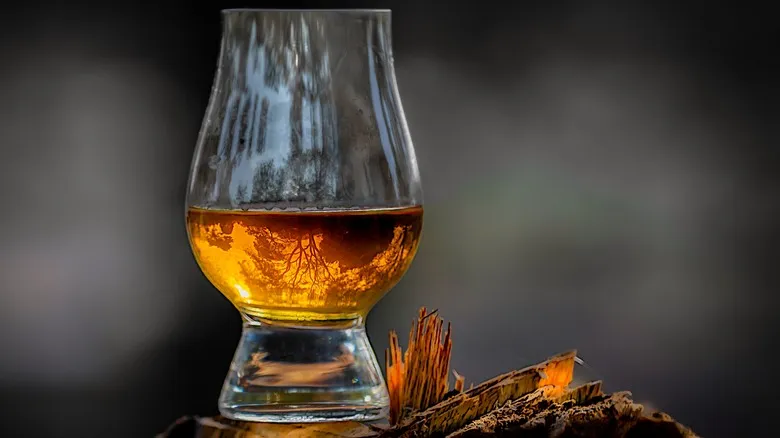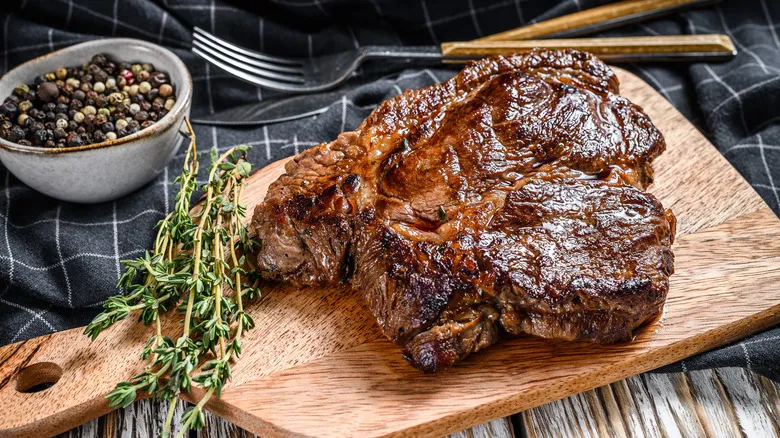Peat flavors whiskey through the malt drying process.
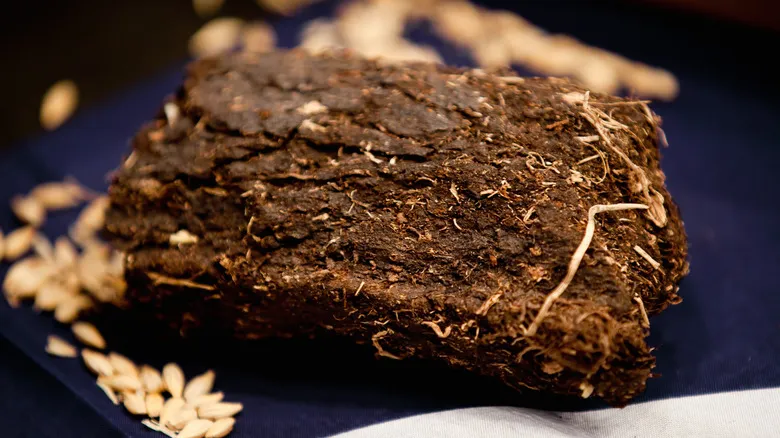
Peat is an intriguing material that adds intricate layers to the spirit. Similar to a primitive fossil fuel, it is made up of decomposed plant matter that has accumulated over thousands of years. With its porous structure, peat is typically found in swamps or other damp environments, which explains its prevalence in the wet climates of Ireland, Scotland, and Japan. Most importantly, peat is rich in carbon, making it an excellent fuel source.
Historically, peat was used to fuel the still, but today it is primarily used to dry malt. In the traditional process, grains—usually barley for Scotch—are spread out on a drying floor, while peat is burned in a kiln below. Over several hours, the gentle heat dries the grains, stopping germination and simultaneously imparting a smoky, complex flavor to the malt. The level of peat flavor added is carefully managed, with each producer having their own preferences for the final product.
In modern times, many distilleries blend peat with other heat sources and employ various drying techniques beyond the traditional floor method. Nonetheless, the art of peating remains alive, yielding a diverse array of delightful flavors. So, if you're enjoying a Scotch, it's likely that this process has played a role in even the most renowned whiskey brands.
The palate of peat impacts whiskey in intricate ways
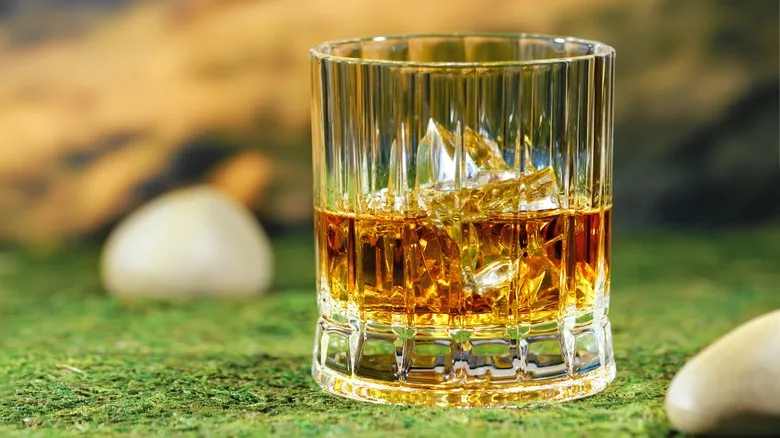
As peat is introduced to the grains through the process of fire, it’s no wonder that its flavors are primarily smoky. However, the taste is complex and varies based on the type and amount of peat used. Flavor profiles can range widely, often described as spicy, mineral, marine, medicinal, and more.
For example, the Scottish island of Islay is particularly renowned for its peated whisky, thanks to the local abundance of peat. Here, the peat contributes to marine flavors, featuring notes of iodine and seaweed, all underscored by a robust smokiness. In contrast, peat from the highlands tends to impart more wood-like characteristics, resulting in a richer flavor. Japanese whisky, a favorite among Costco shoppers, presents a subtler hint of smokiness.
The level of peat is quantified through phenols, measured in parts per million. Whiskies can vary widely in this regard, with Islay-based producers like Bruichladdich being especially noted for their heavy use of peat, while other brands may incorporate only a slight hint in their blends. This measurement can provide some insight into the intensity of the flavor. However, understanding the type and quantity of peat in a Scotch doesn’t capture all the nuances. Since peat is involved in the production process rather than being a direct ingredient, it influences the whisky in intricate ways, imparting a smoky, aromatic, and enigmatic character.
Recommended
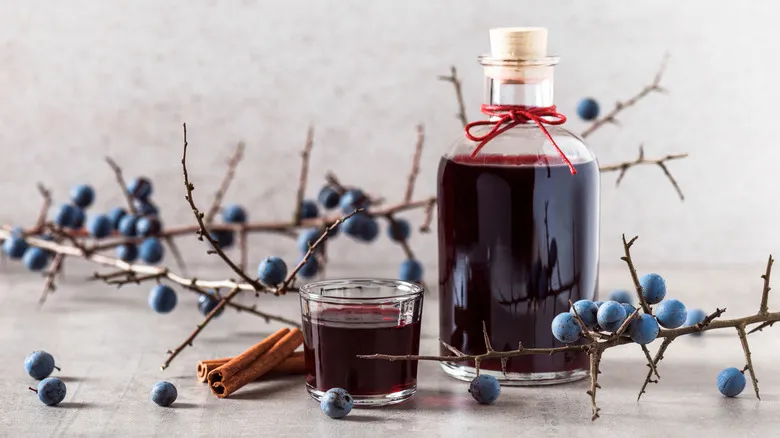
Sloe Gin Isn't Actually Gin (But Does It Really Matter?)
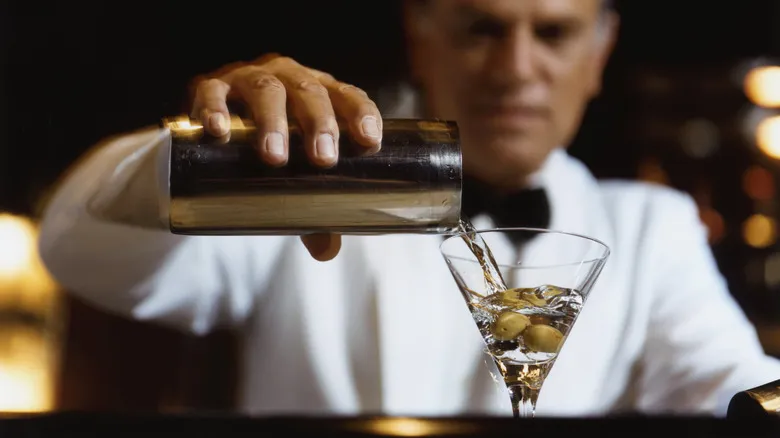
Here's The Actual Difference Between Vodka And Gin
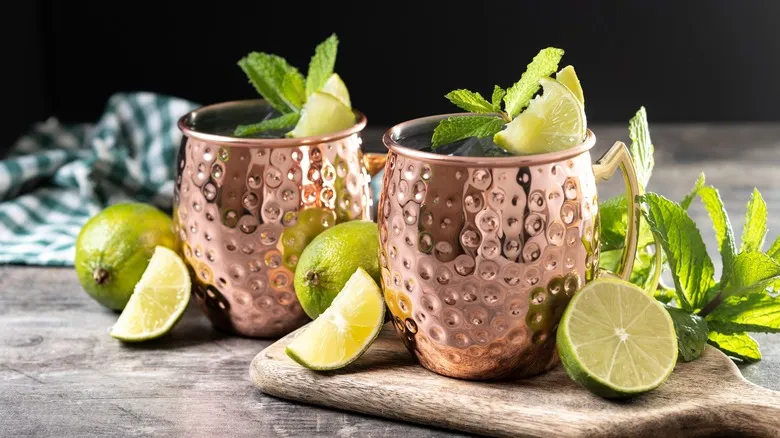
Why Moscow Mules Are Served In The Iconic Copper Mug
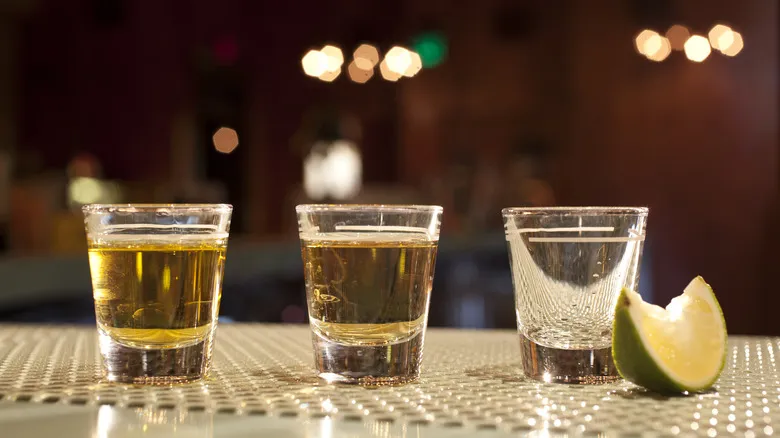
What Proof Is Tequila Typically?
Next up

